Swarovski Optik recently announced a new digiscoping adapter: the Universal Camera Adapter or simply the Swarovski UCA.

The first two digiscoping adapters produced by Swarovski Optik suitable for DSLR cameras were the DCA (double ring system attaching to lens’ filter thread) and the TLS800 (scope as telephoto lens). The new UCA takes a slightly different approach in that the idea is to provide a platform on which to support the camera.
The UCA attaches to the scope using a clamping system that fits over the eyepiece, but you still have easy access to the zoom. The new 25-50xW zoom eyepiece comes with a new slimmer eyecup so that the digiscoping adapter slides easily on and off again (btw, it is not that easy to slide on and off of the older eyecup on the 20-60x zoom but – apparently – they will replace your eyecup free of charge for a new one if you buy the UCA adaptor, but you might want to try asking your local dealer to check).
Okay, so the DSLR screws on to a little connection plate using the camera’s tripod thread. This connection plate can then clip in and out of the UCA’s supporting/mounting platform and locks in place. This means that you can easily slip the camera off of the adapter if you want to take a general photo with the camera (macro, landscape, etc.). When you slide it back on to the adapter again, you do not need to readjust the adaptor setup at all before you are ready to digiscope with it again. This for me has been one of the reasons why I prefer this adaptor over many of the other digiscoping adapters I have used. I like that once I have it set up for a camera, it stays setup and I never need to fiddle with it in the field.
Having said that, I do tend to fiddle with it in the field, through no fault of the fancy black and green toy, but because I tend to want to videoscope and digiscope all at the same time and I don’t always have a second digiscoping adaptor with me. This means that I will often end up videoscoping and then quickly getting the camcorder off of the adaptor and remounting my little compact camera in its place. (I did this recently with the European bee-eaters in Po Delta, the short-eared owl in the steppes, and the pygmy cormorants also in Po Delta, amongst many other occasions).
So I have spoken about how the UCA provides a big platform on which to mount a DSLR, but you can also twist the two main components of the digiscoping adaptor about such that the mounting platform is much shorter. This is how I use it for my little Canon A590IS compact camera and – incidentally – also for the Panasonic HD camcorder I have been using for videoscoping birds.
The video shows the UCA in action in a hide down in the Po Delta of northeastern Italy with some wonderfully cooperative Pygmy Cormorants (Phalacrocorax pygmaeus, Zwergscharbe) showing off for us.
I have been lucky enough to play with one of these adaptors for quite a bit now and would be more than happy to answer specific questions if you have any.
Happy digiscoping
Dale Forbes

Compact camera set up for digiscoping on the UCA
The first two digiscoping adapters produced by Swarovski Optik suitable for DSLR cameras were the DCA (double ring system attaching to lens’ filter thread) and the TLS800 (scope as telephoto lens). The new UCA takes a slightly different approach in that the idea is to provide a platform on which to support the camera.
The UCA attaches to the scope using a clamping system that fits over the eyepiece, but you still have easy access to the zoom. The new 25-50xW zoom eyepiece comes with a new slimmer eyecup so that the digiscoping adapter slides easily on and off again (btw, it is not that easy to slide on and off of the older eyecup on the 20-60x zoom but – apparently – they will replace your eyecup free of charge for a new one if you buy the UCA adaptor, but you might want to try asking your local dealer to check).
Okay, so the DSLR screws on to a little connection plate using the camera’s tripod thread. This connection plate can then clip in and out of the UCA’s supporting/mounting platform and locks in place. This means that you can easily slip the camera off of the adapter if you want to take a general photo with the camera (macro, landscape, etc.). When you slide it back on to the adapter again, you do not need to readjust the adaptor setup at all before you are ready to digiscope with it again. This for me has been one of the reasons why I prefer this adaptor over many of the other digiscoping adapters I have used. I like that once I have it set up for a camera, it stays setup and I never need to fiddle with it in the field.
Having said that, I do tend to fiddle with it in the field, through no fault of the fancy black and green toy, but because I tend to want to videoscope and digiscope all at the same time and I don’t always have a second digiscoping adaptor with me. This means that I will often end up videoscoping and then quickly getting the camcorder off of the adaptor and remounting my little compact camera in its place. (I did this recently with the European bee-eaters in Po Delta, the short-eared owl in the steppes, and the pygmy cormorants also in Po Delta, amongst many other occasions).
So I have spoken about how the UCA provides a big platform on which to mount a DSLR, but you can also twist the two main components of the digiscoping adaptor about such that the mounting platform is much shorter. This is how I use it for my little Canon A590IS compact camera and – incidentally – also for the Panasonic HD camcorder I have been using for videoscoping birds.
The video shows the UCA in action in a hide down in the Po Delta of northeastern Italy with some wonderfully cooperative Pygmy Cormorants (Phalacrocorax pygmaeus, Zwergscharbe) showing off for us.
I have been lucky enough to play with one of these adaptors for quite a bit now and would be more than happy to answer specific questions if you have any.
Happy digiscoping
Dale Forbes




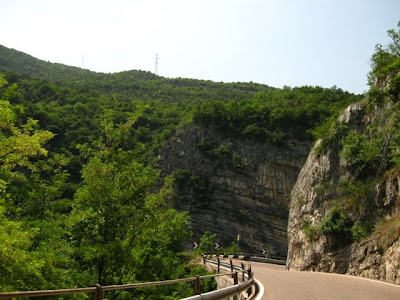



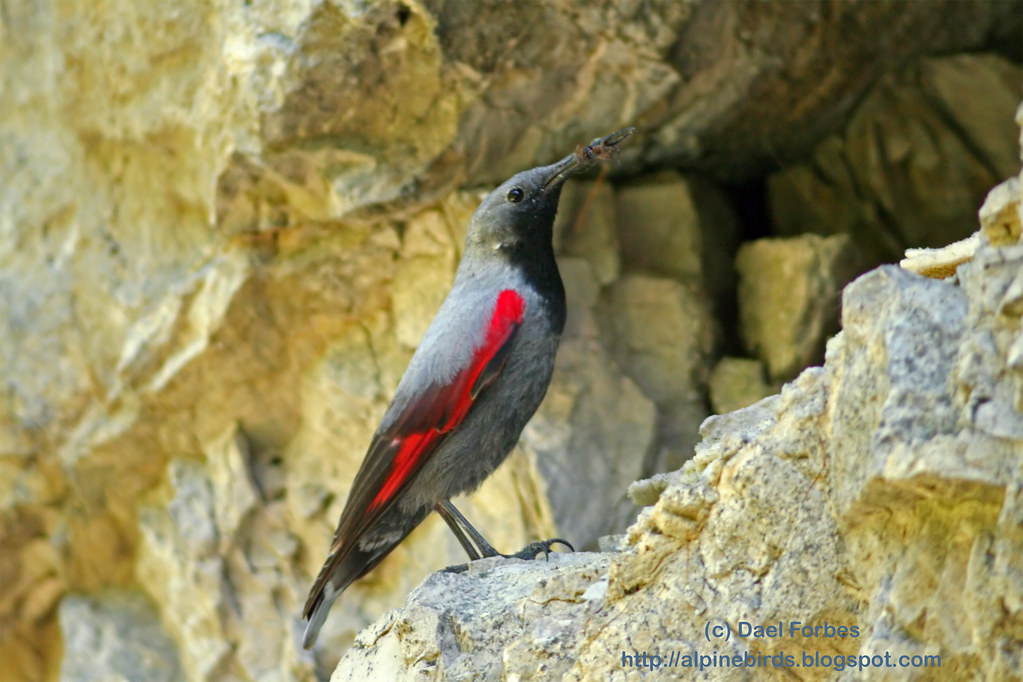
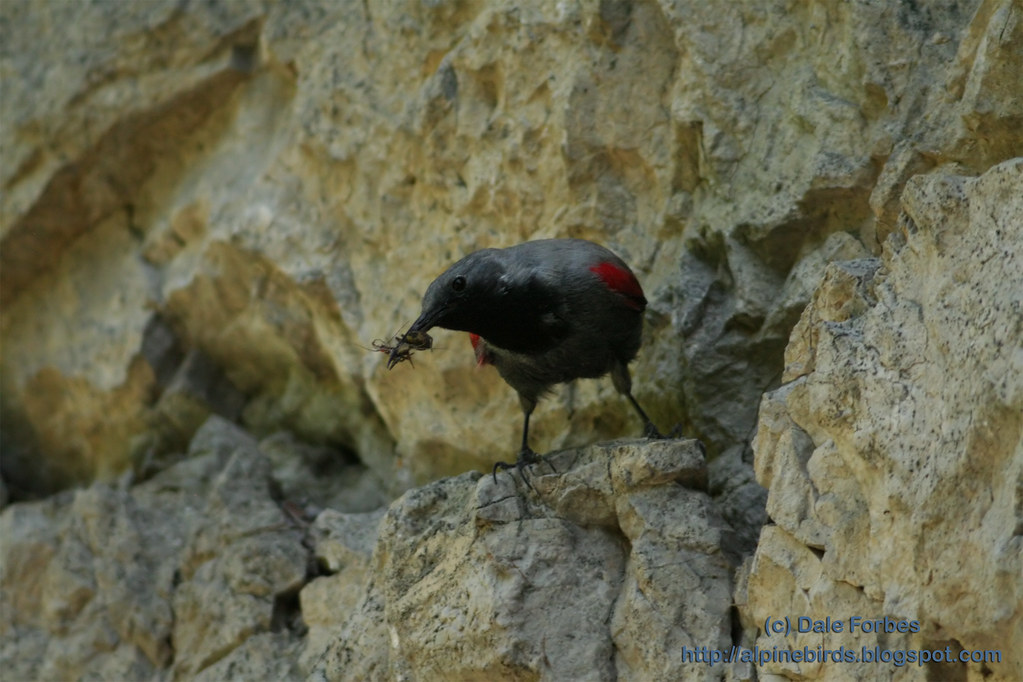
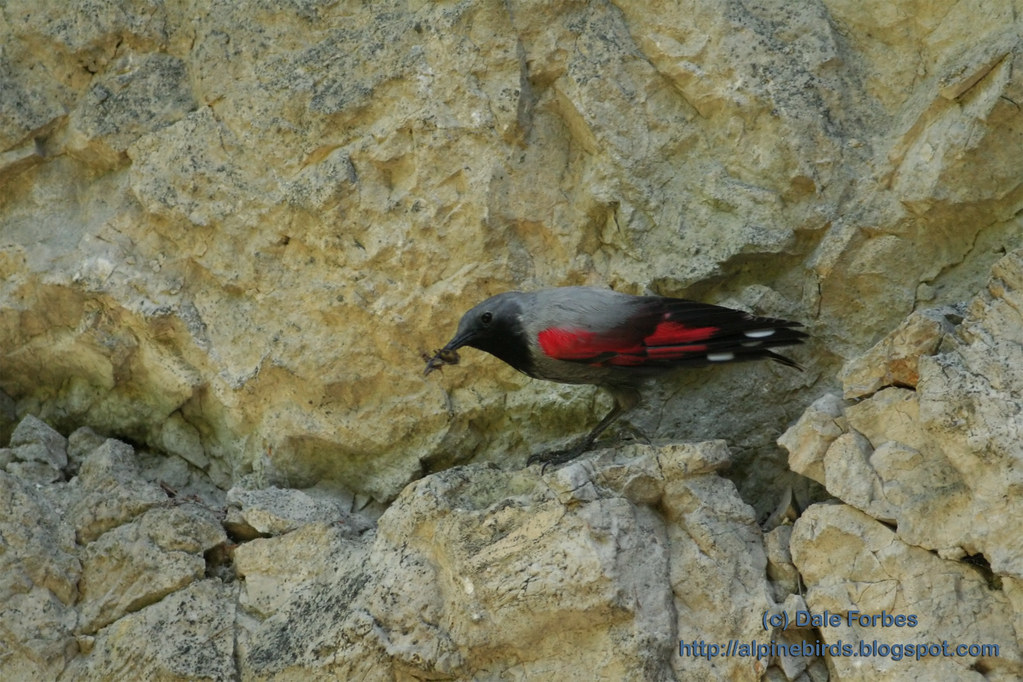
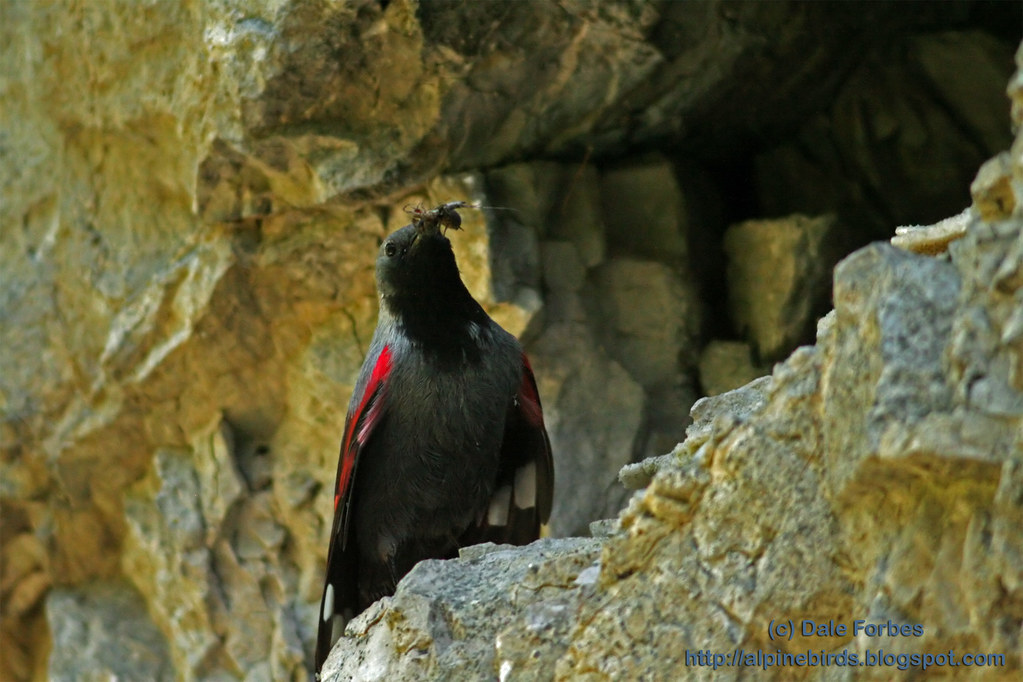
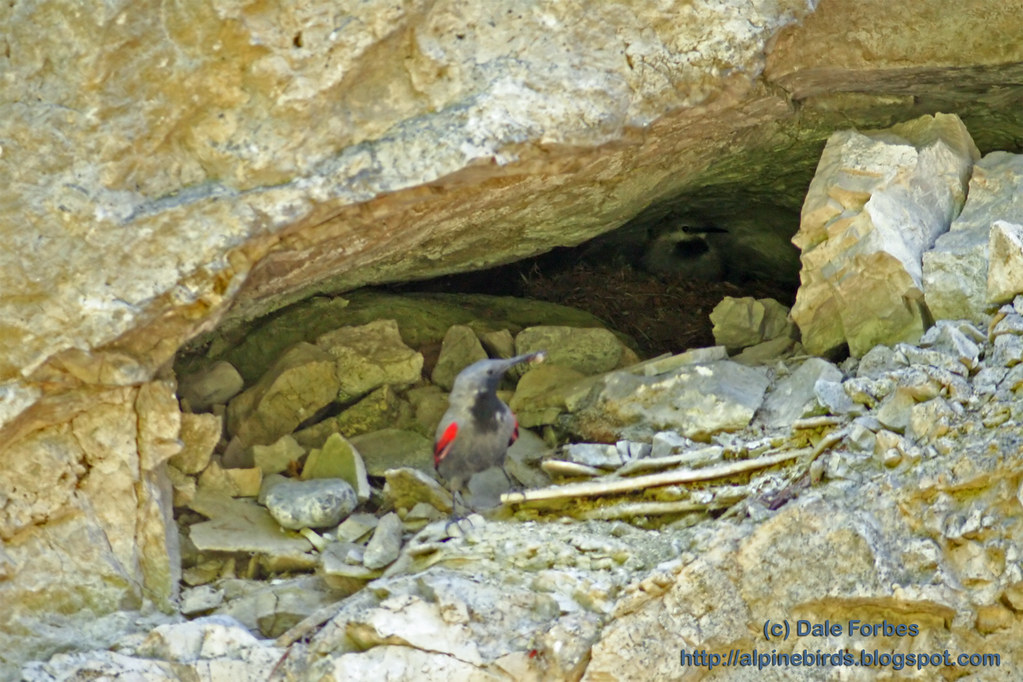
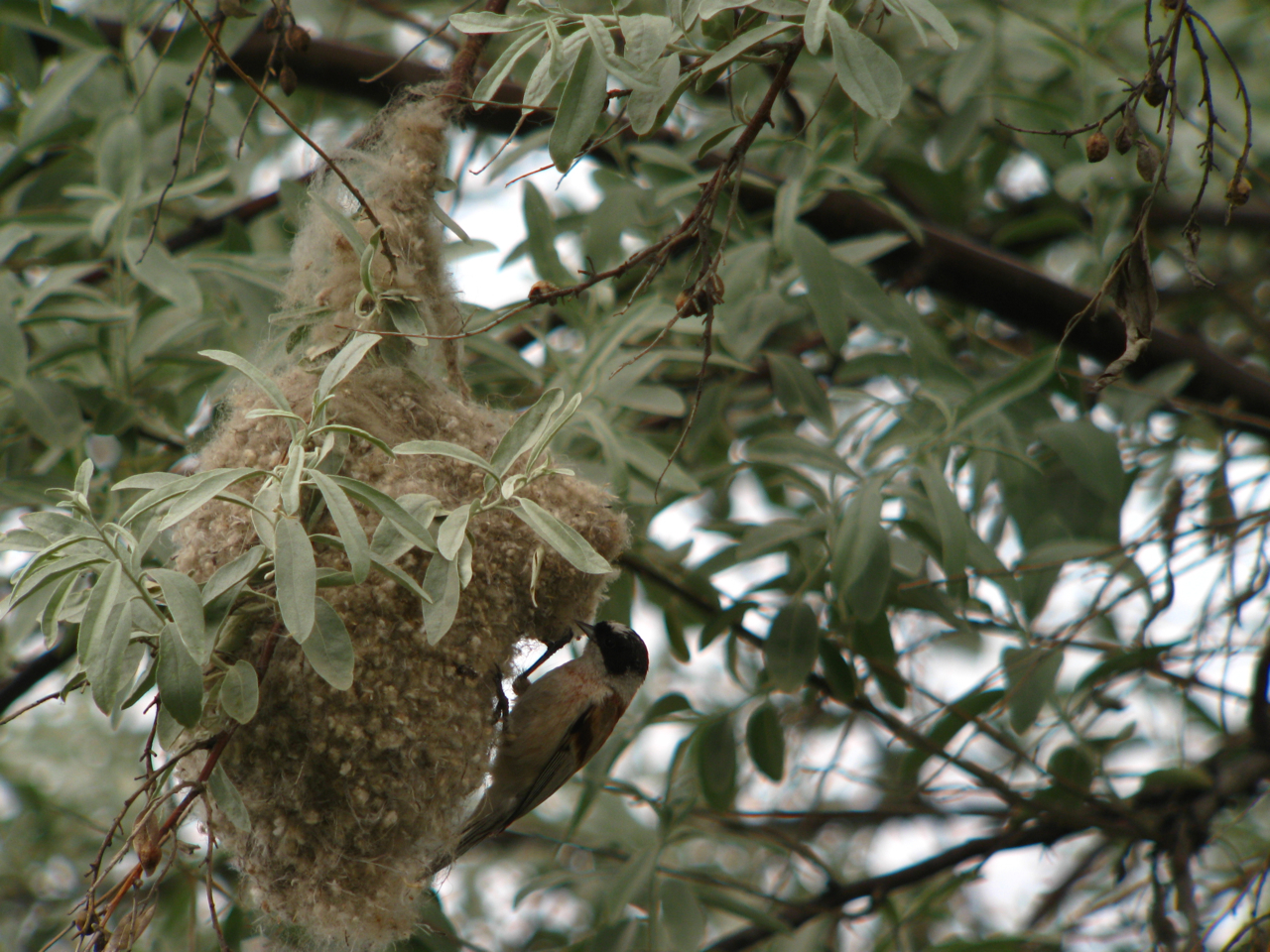
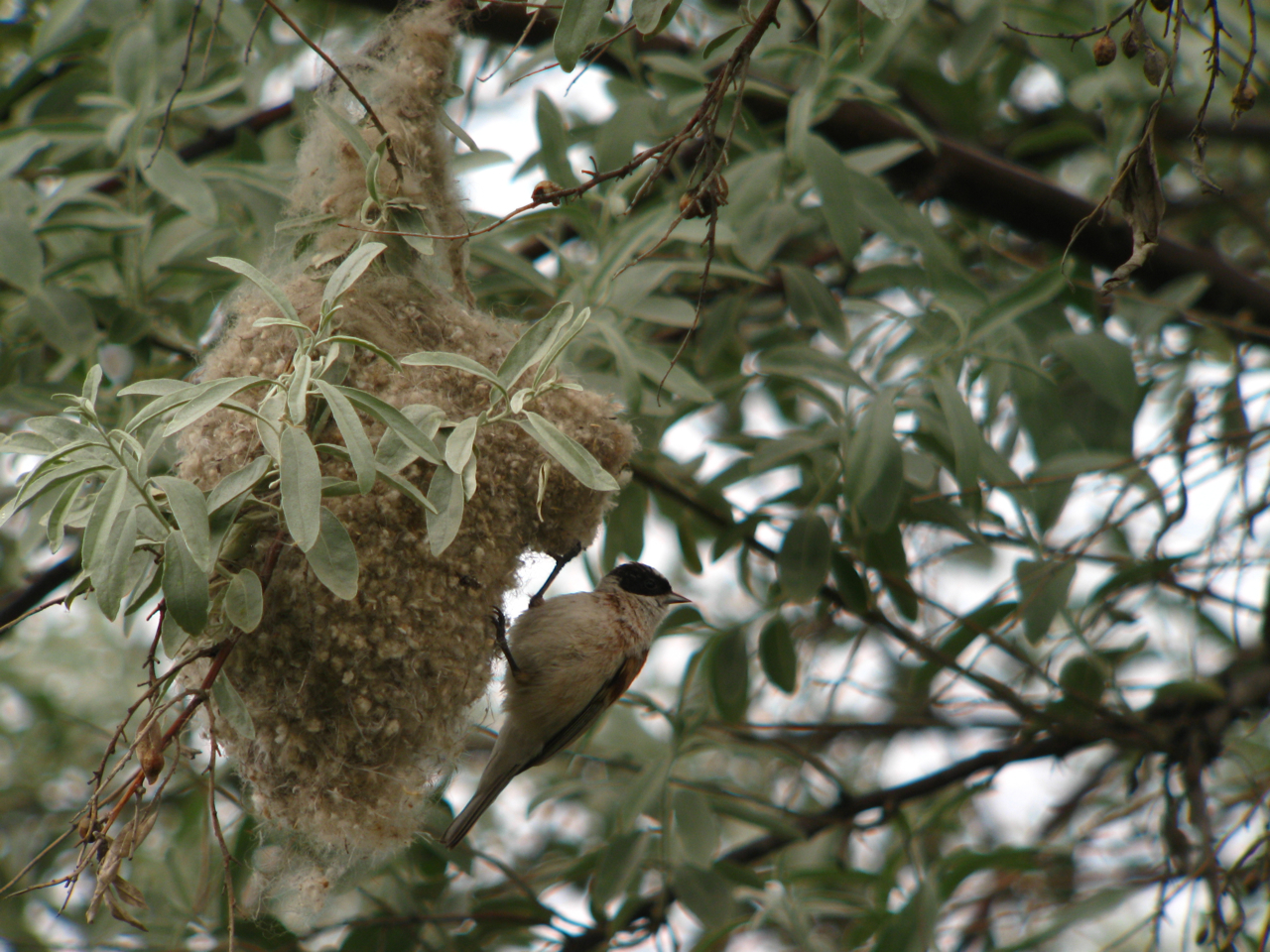
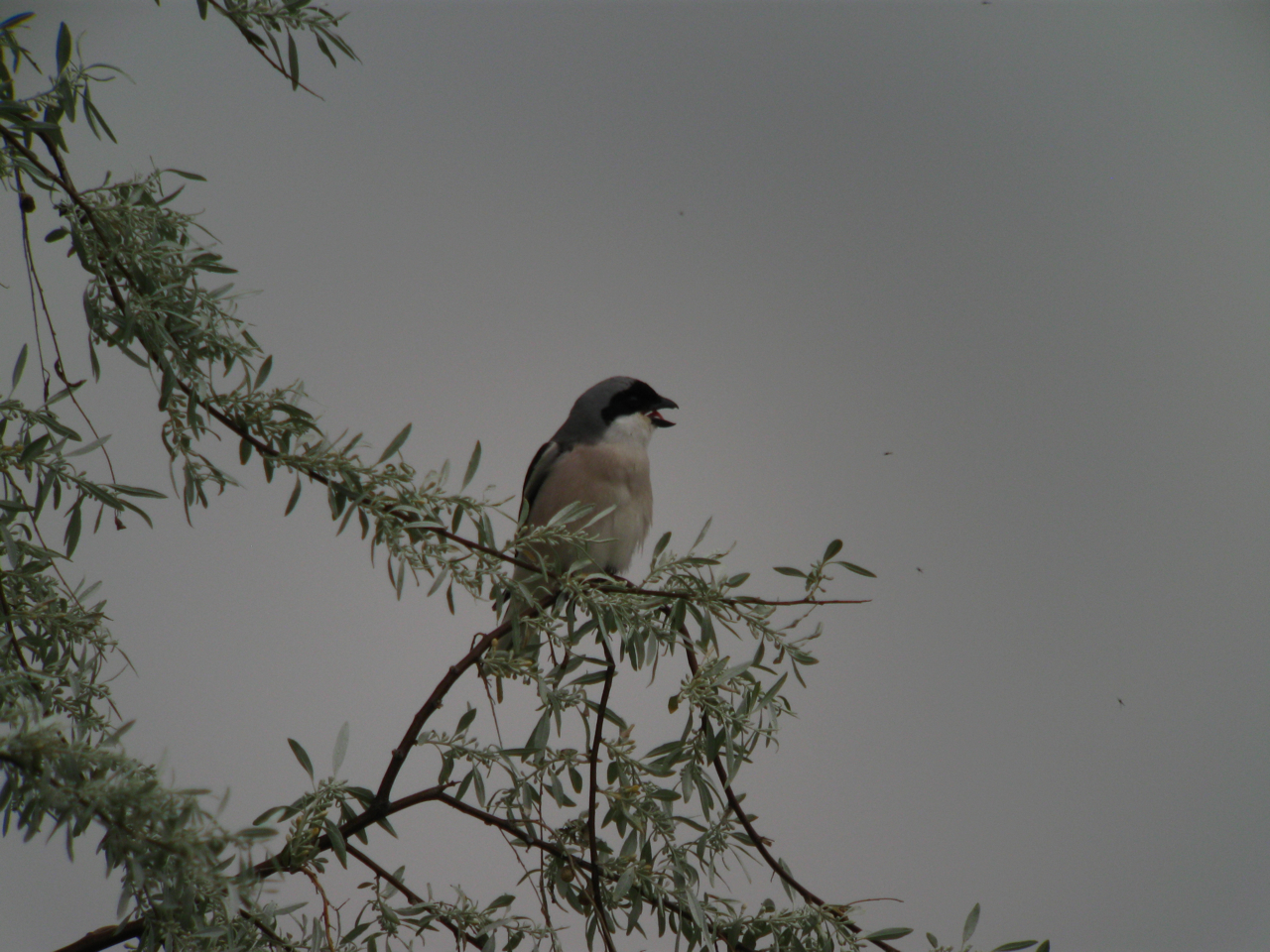


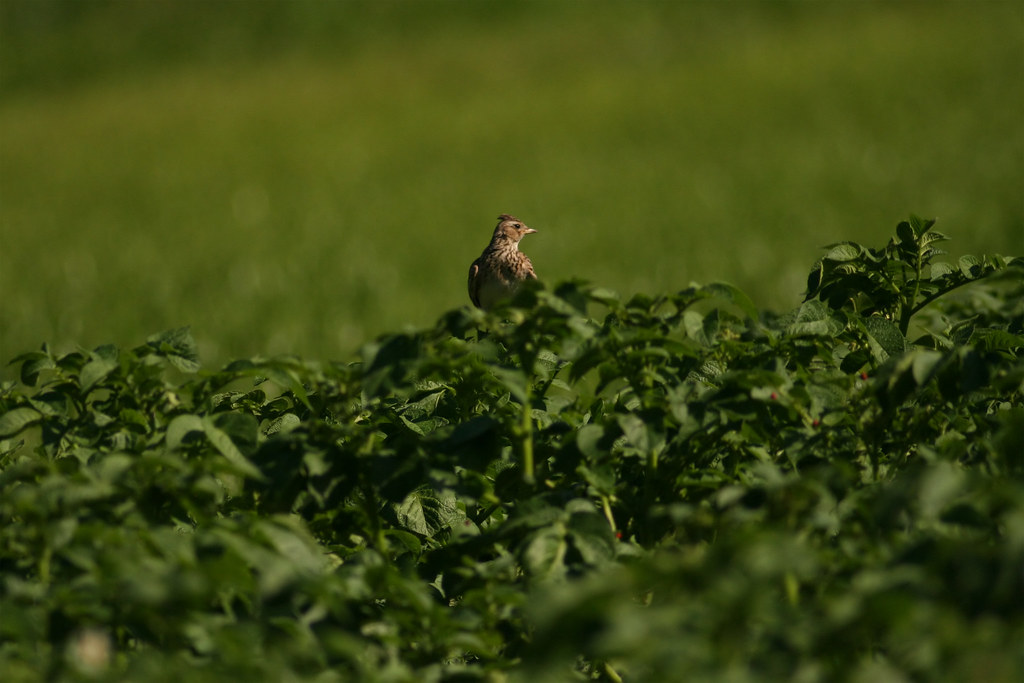


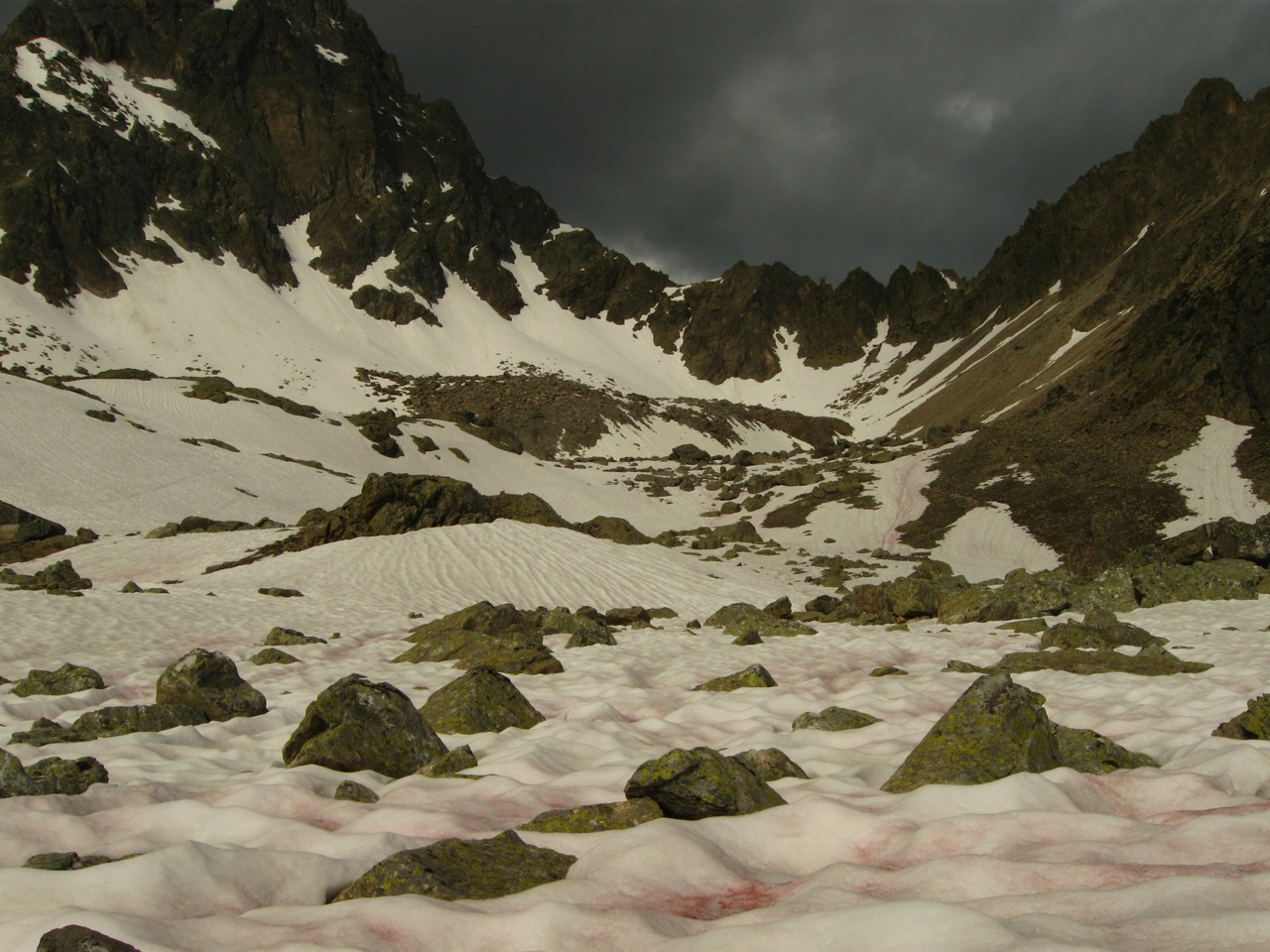

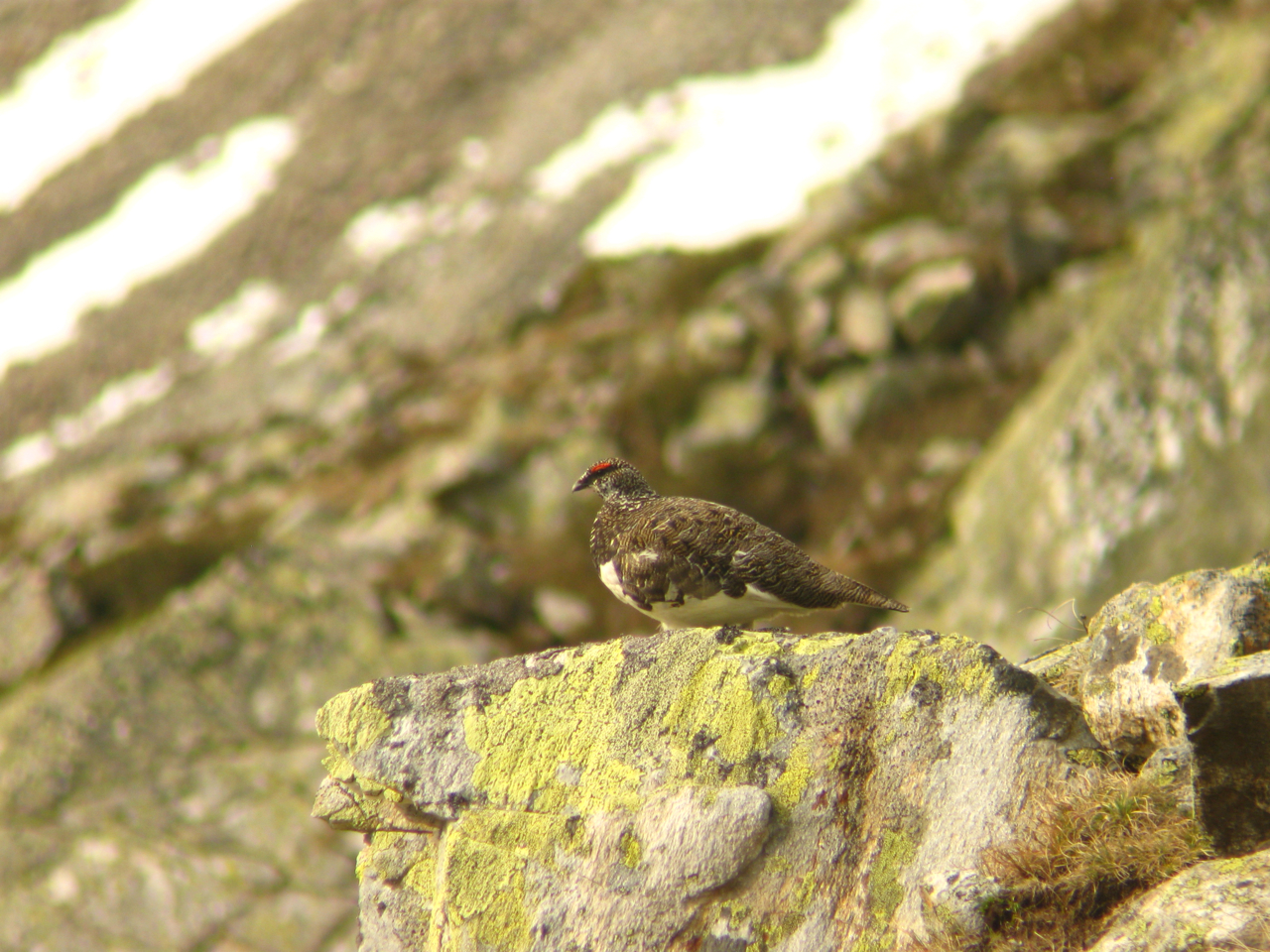

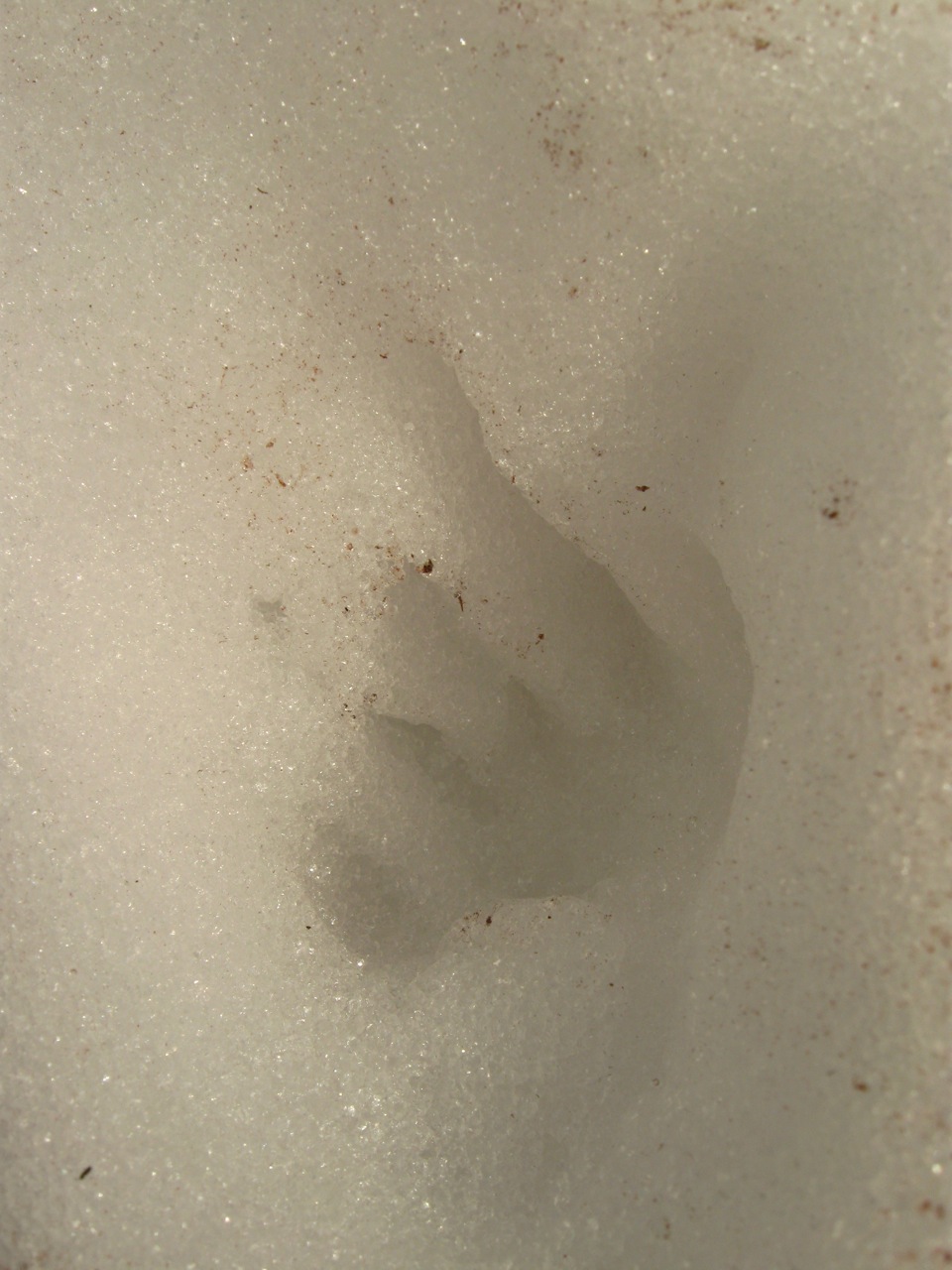
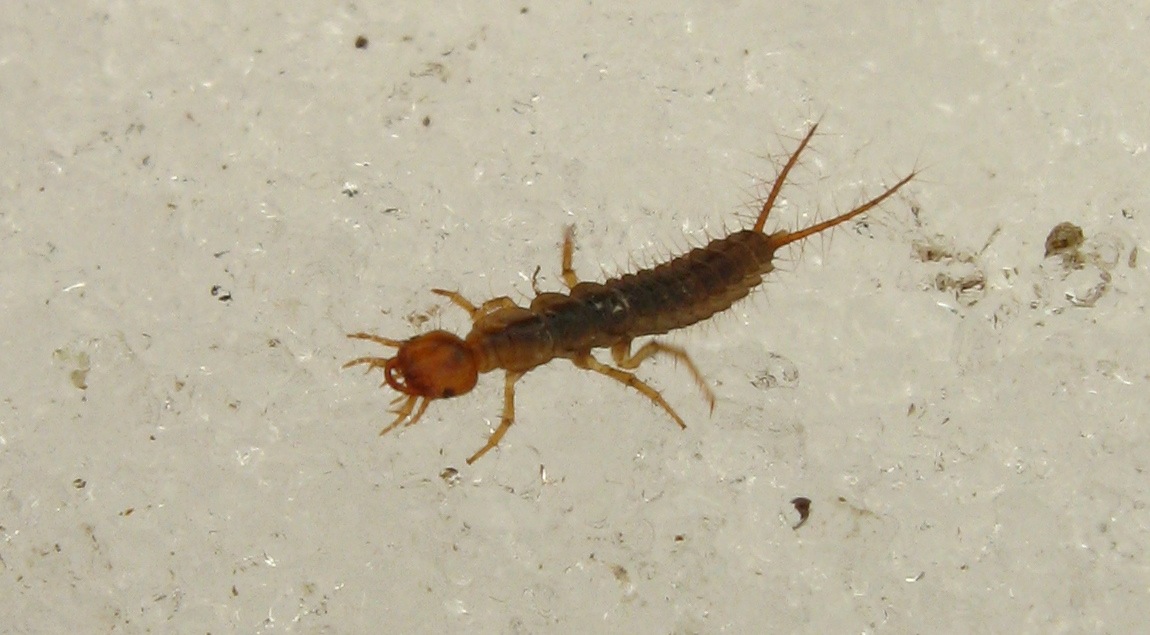




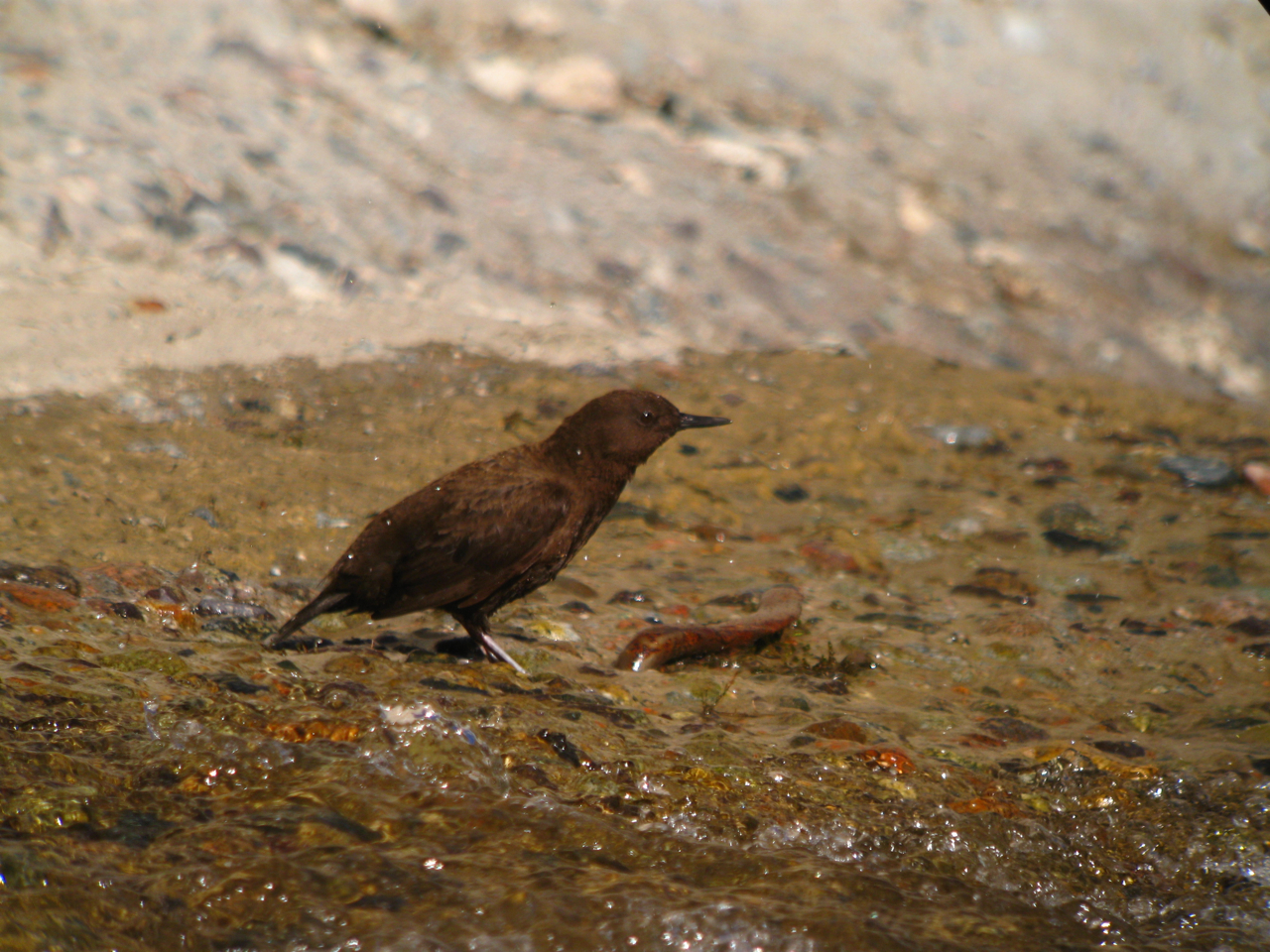

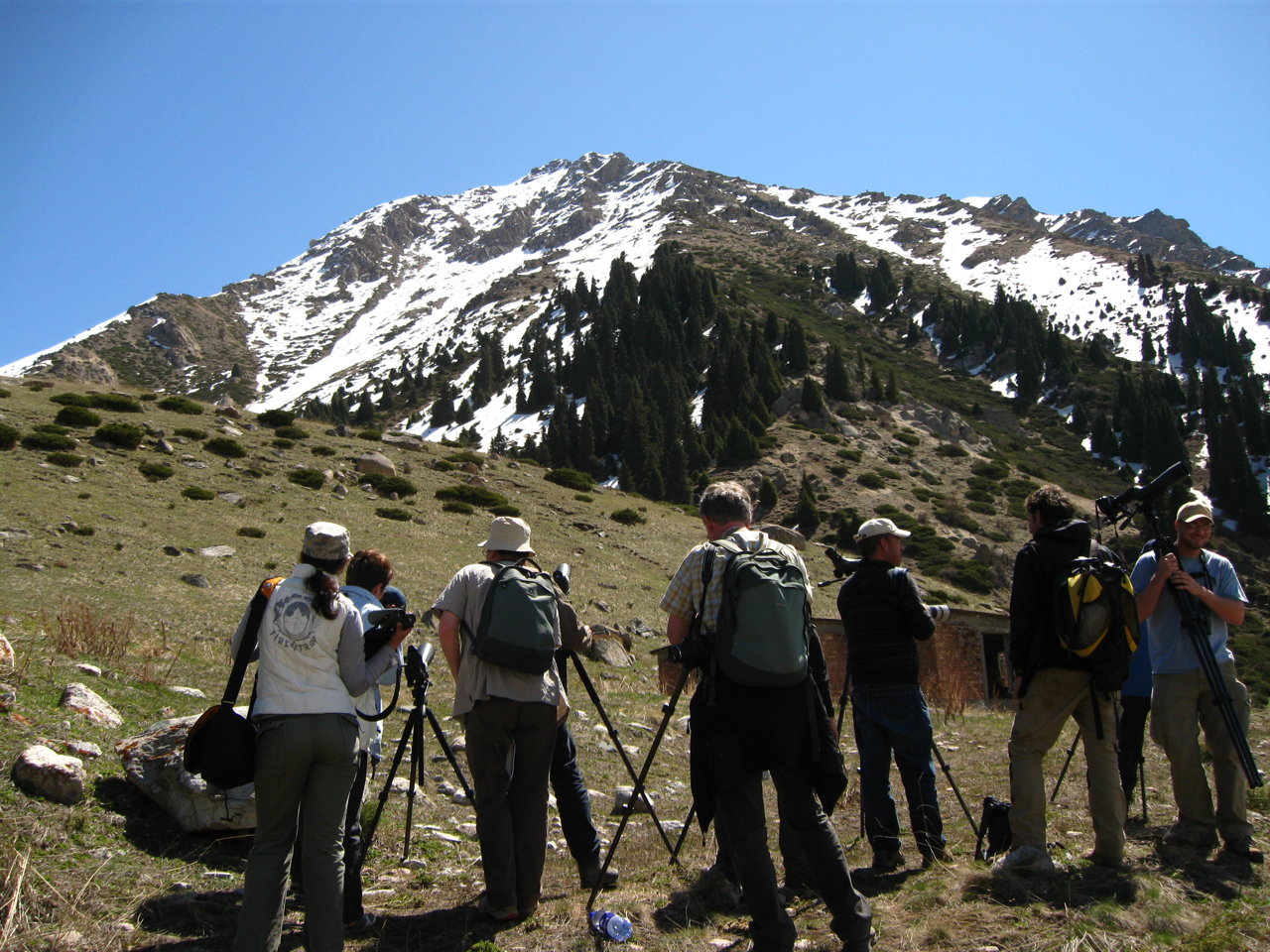


















.jpg)



